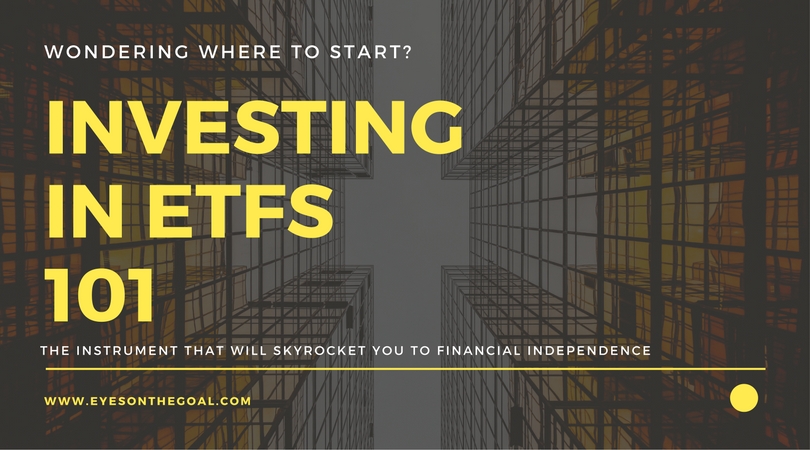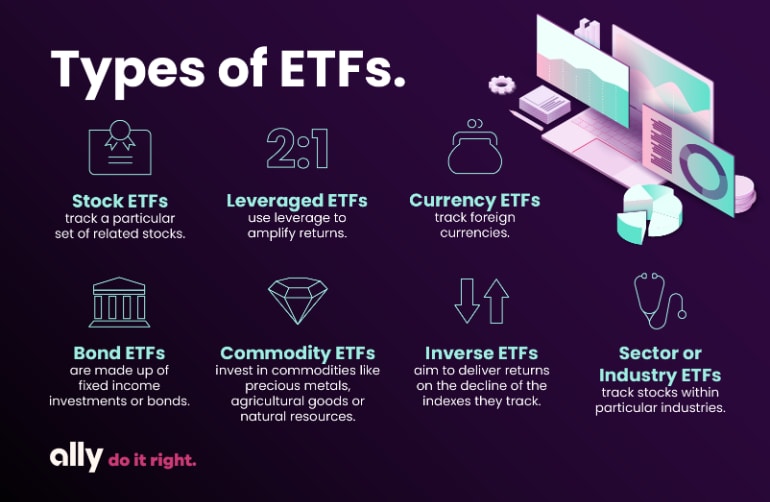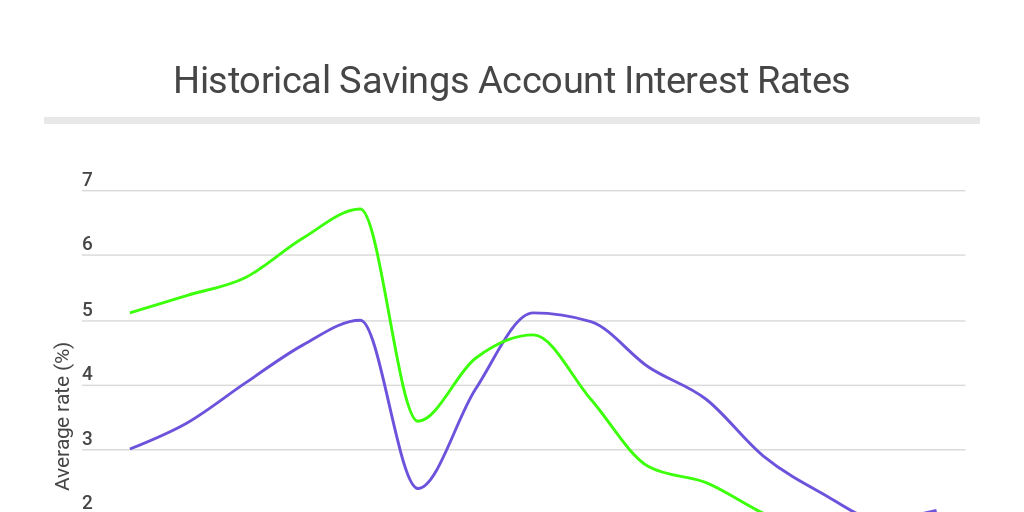

How To Invest In ETFs For Beginners Etfs investing beginners may
Yo, fam! Let’s talk about something that’s super important for our financial future—investing, especially through ETFs, or Exchange-Traded Funds. Now, I know some of y’all might hear “investing” and think it’s all about the stock market and big bucks, but trust me, understanding this game can be a game changer for anyone looking to build their wealth. Today, we’re breaking down the basics of ETFs so you can step up your money game!
Investing in ETFs 101 for Beginners

First off, let’s get into what ETFs are. In a nutshell, an ETF is like a basket that holds a collection of different stocks, bonds, or other assets. You can think of it as a mix of your favorite snacks—some salty, some sweet, and all super good for you. The beauty of ETFs is that they let you invest in various sectors of the market without having to buy each stock or bond individually. For someone just starting out, this is a win-win!
One of the cool things about ETFs is that they are traded on the stock exchange just like regular stocks. This means you can buy and sell them throughout the trading day, giving you flexibility that other investment types might not offer. This can be especially beneficial if you’re new to investing and want to see how the market reacts in real-time.
Basics of ETFs for Beginners

Now, let’s dive deeper into why ETFs might be the right move for you. First, they usually have lower fees compared to mutual funds. This means more of your hard-earned cash is actually working for you in the market instead of going to pay someone else’s bills. Lower fees mean more bang for your buck, and that’s what we’re here for!
Also, diversification is the name of the game with ETFs. Instead of putting all your eggs in one basket (which is a risky move, fam), you can spread your investments across various assets. This way, if one company isn’t doing too hot, you’re not completely losing your investment. Diversifying helps manage risk and can lead to more stable returns over time.
Another major advantage of ETFs is their tax efficiency. Unlike mutual funds, which can trigger capital gains taxes when the fund manager buys and sells assets, ETFs are typically more tax-efficient. That means when it comes time to file your taxes, you might have a smaller bite taken out of your refund. Saving on taxes? Yes, please!
But let’s not get it twisted; investing is still not without risks. While ETFs can help mitigate some risks through diversification and potentially lower fees, you still need to be aware of market volatility. Prices can go up and down, and it’s essential to do your homework. Keep an eye on market trends, and don’t hesitate to seek advice from folks who know their stuff.
Choosing the Right ETFs
So, now that you know what ETFs are and why they can be a dope investment choice, how do you choose the right ones? It’s not just about picking the hottest stock—you need to think about your financial goals. Are you looking for long-term growth, or do you need quick returns? Different ETFs serve different purposes, and knowing what you want is key.
One way to start is by looking at sector ETFs. If you’re passionate about tech or healthcare, there are ETFs that focus solely on those industries. Or maybe you believe in green energy and want to invest in that future—there’s an ETF for that too. This way, you’re not just investing your money; you’re investing in what you believe in.
Another thing to consider is the performance history of the ETF. Just because it’s hot today doesn’t mean it’ll be hot tomorrow. Look for ETFs that have a steady track record and fit well with your investment strategy. And don’t forget to consider the fund’s expense ratio—higher isn’t always better, ya feel me?
Where to Buy ETFs
Okay, so now you know what ETFs are, why they’re great, and how to choose ‘em. Next, it’s time to talk about where to buy them. Most people go through online brokers, which allow you to easily buy and sell investments from the comfort of your home (or on the go). Be sure to shop around for a broker that meets your needs; check their fees, user interface, and the range of ETFs they offer. Some popular brokers include Vanguard, Fidelity, and Charles Schwab, but there are many options out there—find the one that fits you best!
Once you’ve got your broker set up, you’re in control. Making trades is often as simple as a few clicks. Just remember to stick to your investment strategy and not get caught up in emotional decision-making. It’s easy to panic when you see your investments fluctuate, but keeping a level head is crucial for long-term success.
Educate Yourself Further
Last but definitely not least, never stop learning! The more informed you are, the better decisions you’ll make. There are so many resources out there, from books to podcasts to online courses—dive into those! Networking with other investors can also help you gain insights and tips that are beneficial, so don’t hesitate to join discussions in online forums or social media groups.
Investing in ETFs is just one avenue, but it can be a solid way to grow your financial portfolio. Whether you’re saving for a dream house, kids’ education, or just your future self, getting started is the most crucial step. We all deserve financial security and freedom. So go ahead, take that leap, and start your investment journey today!
In conclusion, investing with ETFs opens up a whole new world of possibilities. They offer flexibility, low fees, diversified investments, and can be taxed more favorably than mutual funds. Stay informed, do your research, and don’t be afraid to put your money to work for you. Let’s get this financial empowerment popping!







